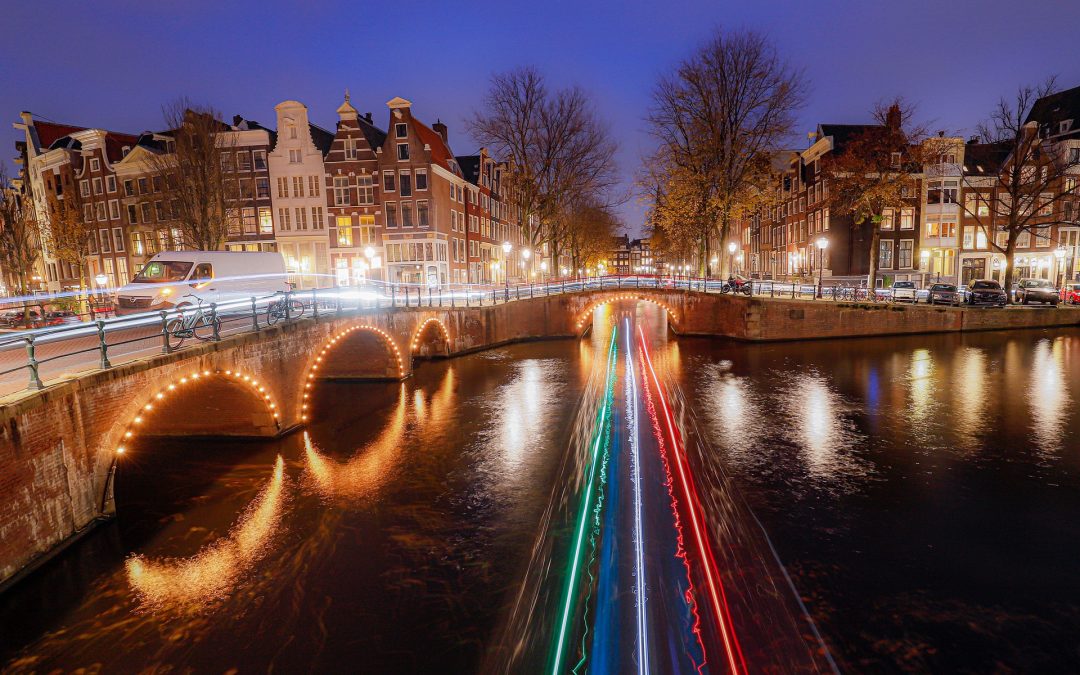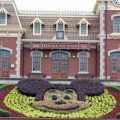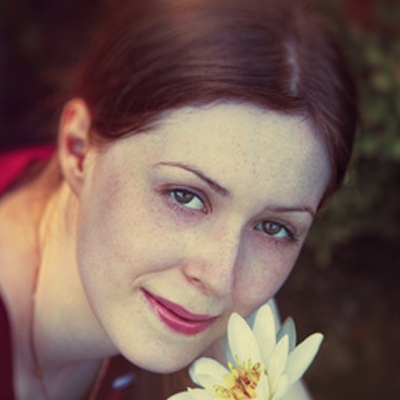Currency – Euros (€/ EUR)
Primary Language Spoken: Dutch, English, German
Weather and seasons: it has 4 seasons
Wet Season: The rainfalls in the Netherlands are very unpredictable because you can still experience showers even during the dry periods (April to September).
Spring and Fall: March to May and September to October are considered in the country as shoulder seasons. Flowers bloom around May, and the weather is also quite warm around this time which is why it’s one of the best times to travel.
Summer: Summers starts from June to August. It’s quite hot but not in an extreme way. Summer is the best time to do long walks in the city, and go around it via the canals. Average temperature during summer is around 64 degrees Fahrenheit.
Winter: Winter starts in November until February. You can experience freezing temperatures during these months. Expect a snow and fog in the whole city. The average temperature drops to as low as 2 degrees Celsius. This is why not a lot of tourists go during this period but for some people, they take advantage of the very low hotel/ accommodation rates.
Best Time to Go
Perhaps the best time to go to Amsterdam during summertime is filled with open – air festivities like concerts, theatrical performances, and the likes which are usually free! Tourists and locals also look forward to the Queen’s day which is a public holiday that is held every 30th of April
In addition to all of this, other major cultural events that you might enjoy happens around the month of June (Holland Fest, Roots Music Fest), July (Julidan), and August (Uitmarkt)
When it comes to accommodation, the best time to go to is around November to December because this is when hotels are very cheap especially around the succeeding months of January to February
2. Transportation
Transportation Services in Amsterdam
Via Airplane (Schiphol Airport):
From the Schiphol Plaza, you can take the Nederlandse Spoorwegen railway to take you to the Central Station. Trains come every 10 to 15 minutes. Make sure to buy your train ticket before going down to the escalator from the plaza’s central court.
Via Bicycle and Motorcycle:
Majority of the locals get around the city using fietsen (Dutch for bikes). There are around 600,000 bicycles around town every day including motorcycles. Tourists usually rent a bike to traverse the city easily.
Via Canal Boats, Canal Bus, Canal Bikes and Ferries:
The Canal Bus Company goes to different routes in between the Rijksmuseum and the Central Station from 9:50 am to 8 pm.
If you purchase a day pass (€18 for adults; €12 for children), it’s valid until noon time of the next day.
If you want to ride a ferry, you can do so for free! Dock is located behind the Central Station. It may cost you just €1 if the ferry goes to the Eastern Docklands.
Via Car
Foreign tourists are entitled to drive in the Netherlands using their foreign license for only 185 days per year.
If you’re going to stay longer, you must apply for a Dutch license. You can contact the National Transport Authority at 0900 – 07 – 39.
Local car rental businesses offer a much cheaper rate compared to big companies.
The rates for local car companies usually start at €34 per day for 2 person cars, and €40 per day for a 4 person car.
Via Taxi
You can hail them at stop zones and at taxi stands which is usually around hotel lobbies. The flat rate is €3.40 and €1.94 per kilometer plus a 5 to 10% tip for the driver.
Via Train
Trains serve the public at regular intervals (every 5 to 6 times per hour) for domestic destinations. The main train station in the city is called the Centraal Station (CS/ Central Station).
If you are planning to do lot of travelling, then it’s best that you purchase a one – day travel ticket which can cost you around €40 at the time of this writing.
3. Travel Essentials
Money Exchange
The currency in Amsterdam and the Netherlands is Euro. 1 Euro is equal to 100 cents.
You can exchange your national money at various banks and exchanged offices in Amsterdam, or you can also exchange it inside a special office located in the Central Station.
ATMs and Credit Cards
You can withdraw money on various ATMs where major debit cards are accepted.
There are shops in Amsterdam that doesn’t have any cashier, and you can only pay for goods by swiping your credit or debit card so make sure to always bring your card with you, and check if it has a chip on it.
Credit or debit cards may not come in handy if you’re going to eat or buy something from small businesses like food stalls, so make sure to also bring cash with you including coins so that you can easily purchase stuff from vending machines.
Electric and Voltage
The standard electric supply in Amsterdam and the Netherlands is 230 volt to 50Hz AC.
Communication Services
The whole country of Netherlands is serviced by GSM 900/ 1800/ GPRS/ HSPDA mobile networks. If you have a European mobile, you don’t have anything to worry about.
You can use your free Wi – Fi connection at the hotel you’re staying in and you can also connect for free when you dine in restaurants, local pubs, coffee shops, and cafes, you may just need to ask the waiters/ staff if it’s password protected. You can also go to internet cafes but it will cost you around 2 Euros and it may be quite slow.
Amsterdam Highlights
Tourist Spots:
Museumplein
Anne Frank’s House/ Museum
Amsterdam Museum
Amsterdam Flea Markets
Dam Square
Brouwerij t’IJ
Vondelpark
Red Light District
Bloemenmarkt
Canal Boat Tours
Museums and Galleries
The Condomerie
Van Gogh Museum
Stedelijk Museum
Hermitage Amsterdam
Droog Gallery
The EYE Film Museum
The Amsterdam City Archive
Rijksmuseum
Foam Photography Museum
Museum of the Resistance
Off the Beaten Path
In ‘t Aepjen
De Poezenboot
Wynand Fockink Proeflokaal
Ons’ Lieve Heer op Solder
Museum Van Loon
Begijnhof
Van Stapele
Kattenkabinet
Theatre Tuschinski
Kinderboerderij ‘De Dierencapel’




 Good-humored, practical,and insightful, Downey’s travel books offer useful information in an easily accessible format.
Good-humored, practical,and insightful, Downey’s travel books offer useful information in an easily accessible format. 